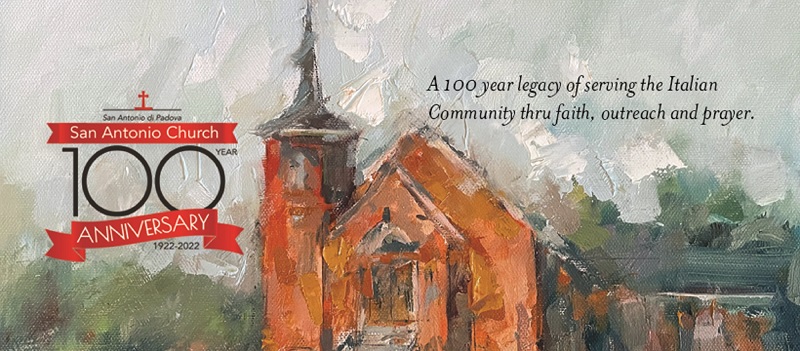Contributed by Terrie Evans
The latest news concerning Sr. Blandina Segale, Servant of God was of the dedication of a Memorial Garden erected in her honor at St. Pius X High School in Albuquerque, New Mexico. This area was where Sr. Blandina did much of her early works especially the adobe two story convent that was built by her and is still standing. The Memorial Garden on the grounds of the high school built in 1956 serves 936 students in grades 9-12 with their patron saint and mascot, Giuseppe Sarto, Pope Pius X’s birth name as the school’s Mascot. The Lombardy, Italian born Giuseppe Sarto (Pope Pius X) embodied the characteristics of charity, good humor, fair play and faithfulness what all the students say what it is to be a Sartan with their Motto: “Teach me goodness, discipline and knowledge” much like the life of Sr. Blandina. The Italian translation for Sarto is tailor which is used for the students of St. Pius to instill high ideals to tailor their lives “to restore all things in Christ”.
The Sr. Blandina memorial was built as a way to thank her for the many years she ministered to those from their Archdiocese. The President of St. Pius X High School planned the garden so the students would have a place to pray, be closer to God and learn of the good works of the Sister of Charity that became known as the “Fastest nun in the West”. Bishops from Arizona, Colorado and New Mexico reported of the planned dedication and blessing to the Vatican as they continue to document findings for the process for Sr. Blandina’s canonization. Many donors from the high school and surrounding area wanted all to know of her tireless work within all levels of society from those in the state legislature to the poor and indigent who needed a voice. The beautiful statue of Sr. Blandina is the centerpiece of the stone grotto and is flanked by the Blessed Mother and St. Joseph in the large area with ample room for prayer and reflection.
Many Sisters of Charity were in attendance from the Archdiocese of Santa Fe along with past and present board members of the St. Joseph’s Children’s Home that Sr. Blandina founded. Also making the journey for the dedication were Sr. Patricia Hayden, President of Sisters of Charity of Cincinnati and Sr. Veronica Buchanan, Archivist of the Sisters of Charity of Cincinnati. Archbishop of Santa Fe, New Mexico, John C. Wester conducted the dedication and blessing. Please continue to pray for and to Sr. Blandina Segale, Servant of God for the needs of San Antonio Church and for her path to sainthood.
